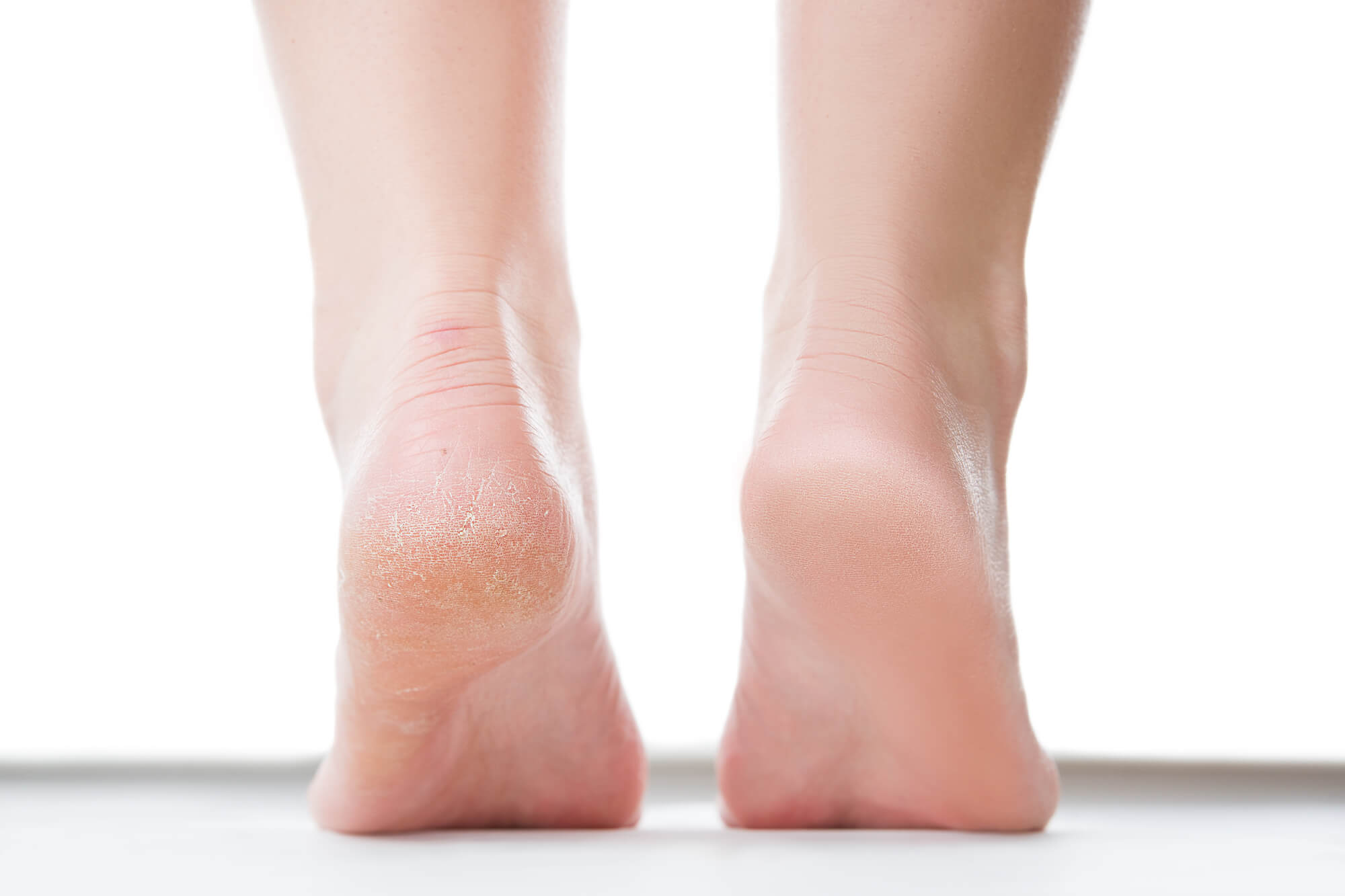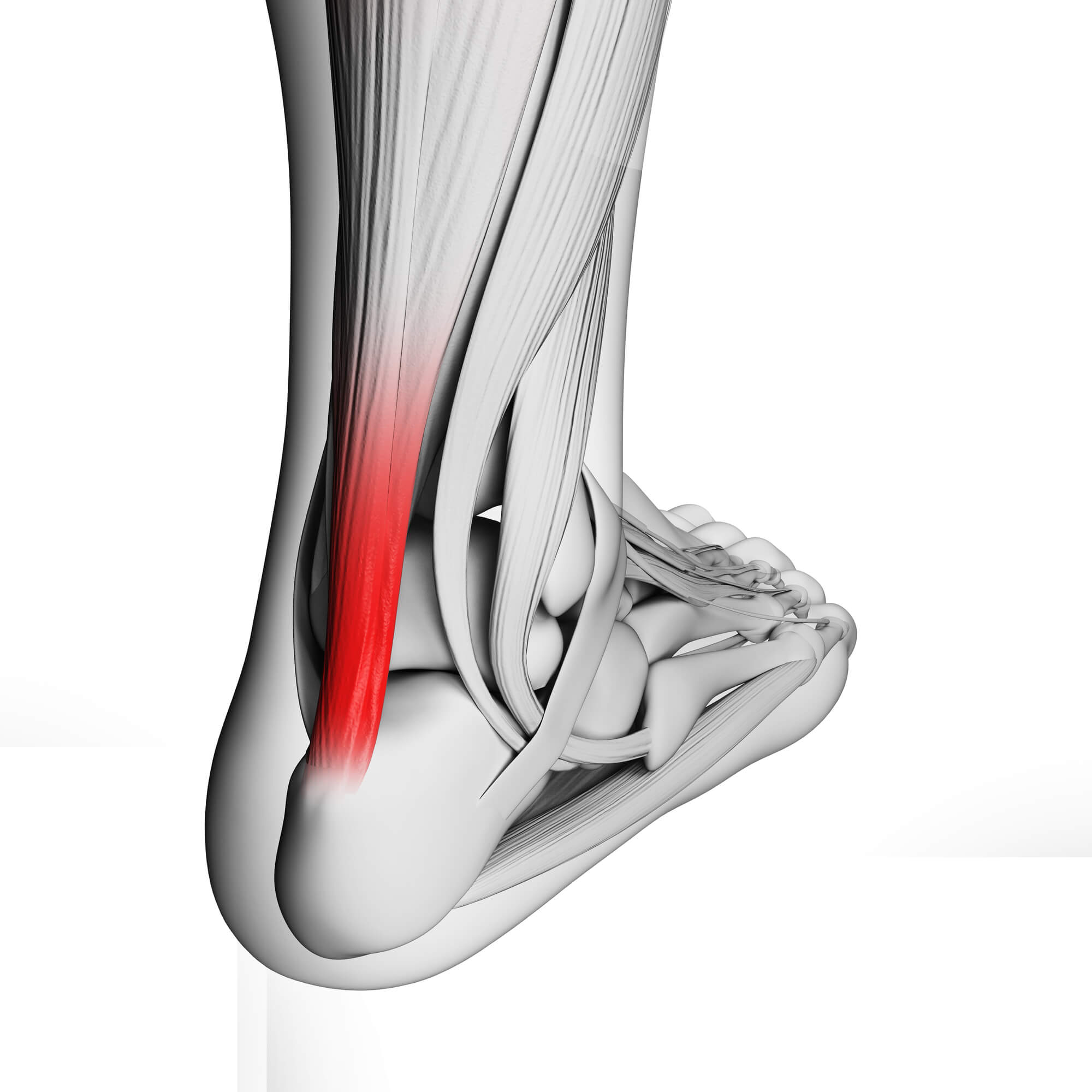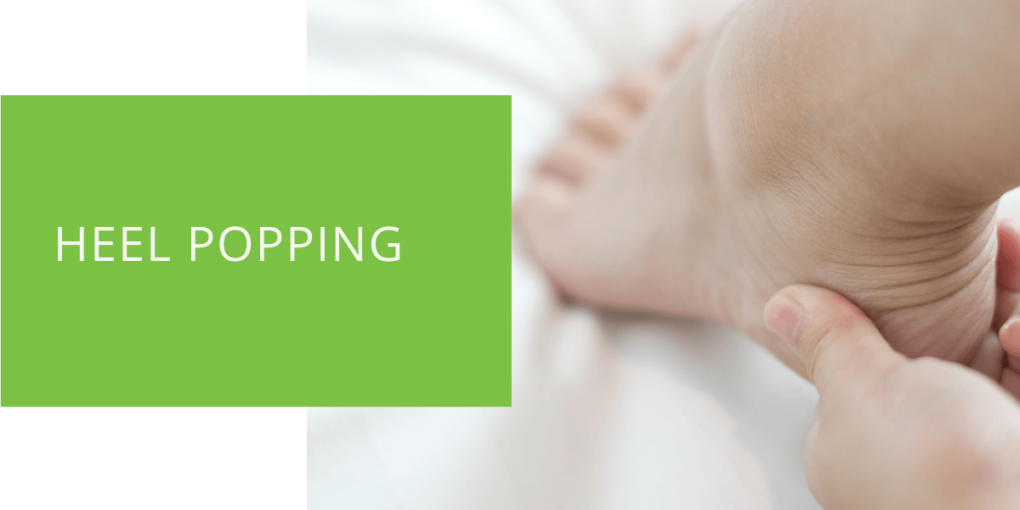Understanding Heel Popping
Are you experiencing an uncomfortable "pop" sensation in the back of your heel? Heel popping can be alarming and indicate various underlying issues, including Achilles tendon injuries. In this comprehensive guide by podiatrists, we'll delve deep into heel popping, Achilles tendon health, and how to address these concerns effectively.
Key Takeaways
- Understanding the Achilles tendon's vital role in foot movement and recognizing various Achilles tendon injuries, including rupture and tendonitis, is crucial for addressing heel popping.
- Heel popping can result from overuse, improper footwear, and tight calf muscles. Preventative measures, including appropriate footwear and regular stretching, can help reduce the risk.
- Timely diagnosis, proper treatment, and comprehensive rehabilitation, including physical therapy, are essential for recovering from Achilles tendon injuries and preventing further complications.
The Achilles Tendon: A Vital Component
The Achilles tendon is indeed a remarkable structure within your body. It is the largest and strongest tendon, connecting the heel bone (calcaneus) to the calf muscles. This fibrous band plays an indispensable role in facilitating your foot's movements. When your calf muscles contract, the Achilles tendon pulls on the heel bone, allowing you to push off the ground when walking, running, or jumping. Appreciating the Achilles tendon's significance in maintaining mobility and comfort is crucial.
Common Injuries Involving the Achilles Tendon
Achilles tendon injuries can vary in nature and severity. Understanding these distinct types of injuries is essential for a more in-depth insight:
- Achilles Tendon Rupture: A complete Achilles tendon tear is a severe injury, often characterized by a sudden and sharp "snap" or "pop" sensation. It can occur due to forceful movements or degeneration over time.
- Achilles Tendonitis: This condition involves inflammation of the Achilles tendon, usually caused by overuse or repetitive stress. It often manifests as heel pain, especially during physical activities.
- Bone Spurs Near the Heel: Occasionally, abnormal bone growths known as bone spurs can develop near the heel. These spurs may irritate the Achilles tendon, leading to discomfort and a sensation of popping.
Heel Popping: Causes and Risk Factors
Heel popping can be attributed to many factors, and a deeper understanding of these causative elements is vital for both treatment and prevention. Here, we explore some of the common causes and risk factors:
- Overuse and Repetitive Stress: Repetitive movements like running or jumping can lead to excessive strain on the Achilles tendon. Over time, this strain may result in heel popping and pain.
- Sports Injuries: Athletic activities can sometimes lead to sudden injuries or gradual wear and tear on the Achilles tendon. Athletes, in particular, are susceptible to these types of injuries.
- Improper Footwear: Your choice of footwear matters. Ill-fitting shoes or those lacking proper arch support can contribute to excessive stress on the Achilles tendon, potentially causing it to pop.
- Bone Abnormalities: Conditions like bone spurs near the heel can further exacerbate the discomfort associated with heel popping. Understanding the role of bone spurs in Achilles tendon issues is crucial for effective treatment.
- Calf Muscle Tightness: Tight calf muscles can increase the strain on the Achilles tendon during movement. Addressing calf muscle tightness through stretching exercises is essential in preventing heel popping.

Recognizing Achilles Tendon Rupture
An Achilles tendon rupture is a particularly serious injury, often accompanied by a distinct "pop" sound. Being able to recognize the symptoms of this condition is crucial for timely intervention:
- Sudden, Sharp Pain: The most prominent symptom of an Achilles tendon rupture is an intense, stabbing pain in the back of the heel, typically described as a "snap" or "pop." This pain is often debilitating and can make walking or even standing difficult.
- Swelling and Bruising: Swelling and discoloration around the heel area are common following a rupture. The swelling may be accompanied by bruising, indicating internal bleeding.
- Difficulty Walking: A torn Achilles tendon makes it challenging to move the affected foot. Simple actions like standing on tiptoes or pushing off the ground become nearly impossible due to the loss of tendon functionality.
- Gap or Dent in the Heel: Sometimes, a palpable gap or depression can be felt where the Achilles tendon has torn. This physical sign can be a significant indicator of a rupture.
Diagnosis and Evaluation
If you suspect an Achilles tendon injury due to heel popping, it's essential to consult a podiatrist for a thorough evaluation. They will typically perform a comprehensive assessment, including:
- Physical Examination: During the examination, the podiatrist will meticulously inspect the heel, ankle, and calf for tenderness, swelling, or any physical abnormalities.
- Imaging Tests: X-rays or MRIs may be ordered to get a clear picture of the injury. X-rays can reveal bone-related issues, while MRIs provide detailed information about soft tissue, such as the Achilles tendon.
- Ultrasound: Sometimes, an ultrasound may be performed to visualize the condition of the Achilles tendon. This diagnostic tool is especially useful for assessing soft tissue injuries.
- Severity Assessment: The podiatrist will determine the severity of the injury, which is crucial in deciding the most appropriate course of treatment. Accurate assessment is paramount, whether it's a partial tear, complete rupture, or another issue.

Treatment Options for Achilles Tendon Injuries
Treatment for Achilles tendon injuries varies depending on the nature and extent of the injury. Here, we explore the available treatment options in greater detail:
Non-Surgical Approaches
- Rest, Ice, Compression, Elevation (RICE): Initially, the standard treatment protocol involves RICE therapy to alleviate pain, reduce swelling, and promote healing. Rest allows the injured tendon to recover, while ice and compression help reduce inflammation.
- Physical Therapy: Physical therapy is crucial in rehabilitating Achilles tendon injuries. A personalized exercise program aims to strengthen the calf muscles, improve flexibility, and reduce the risk of recurrence.
- Orthotic Devices: Podiatrists may recommend orthotic devices or shoe inserts to provide additional support and reduce strain on the Achilles tendon. These custom-made or over-the-counter solutions can significantly enhance comfort during daily activities.
Surgical Interventions
In cases where non-surgical methods prove insufficient, surgical intervention may be necessary:
- Surgical Repair: Surgical repair involves rejoining the torn ends of the Achilles tendon using sutures or other surgical techniques. The choice of surgical method depends on the specific injury and the surgeon's expertise.
- Gastrocnemius Recession: In some instances, a gastrocnemius recession may be performed. This surgical procedure involves lengthening the calf muscles to reduce tension on the Achilles tendon, promoting healing.
Recovery and Rehabilitation
Recovery from Achilles tendon injuries requires a well-structured approach to ensure optimal healing and a return to normal activities:
- Post-Treatment Care: Following treatment, patients may need to wear a cast or brace to immobilize the foot and ankle. Using crutches helps prevent putting weight on the injured foot during the initial healing stages.
- Rehabilitation Exercises: Regularly introducing exercises is essential for strengthening the calf muscles and Achilles tendon. Physical therapists work closely with patients to design an individualized rehabilitation plan.
- Expected Recovery Timeline: Understanding the timeline for recovery is crucial. While it varies depending on the severity of the injury and the chosen treatment approach, patients can expect several months of rehabilitation before returning to full activity.
Preventing Heel Popping and Achilles Tendon Injuries
Preventing heel popping and Achilles tendon injuries involves proactive steps and lifestyle choices:
- Proper Footwear: Invest in well-fitting shoes that provide adequate arch support and cushioning. Podiatrists can offer guidance on selecting the right footwear for your needs.
- Stretching and Warm-Up: Incorporating regular calf and Achilles tendon stretches into your exercise routine helps maintain flexibility and reduce the risk of injury during physical activities.
- Avoid Overexertion: Gradually increase the intensity of your athletic activities to allow your body time to adapt. Sudden and intense workouts can increase the risk of Achilles tendon injuries.
- Listen to Your Body: Closely to any discomfort or pain in your heel or Achilles tendon. Early recognition of warning signs can help prevent further damage.
Conclusion
Heel popping can be a distressing symptom of Achilles tendon injuries, including tendon rupture and tendonitis. Recognizing the signs, seeking professional evaluation, and following an appropriate treatment plan is essential for a swift recovery. At ePodiatrists, our team of experts addresses these concerns, providing expert care to ensure your heel health. Don't let heel popping limit your mobility or quality of life. Take action today, schedule an appointment, and allow us to guide you toward healthier heels.

